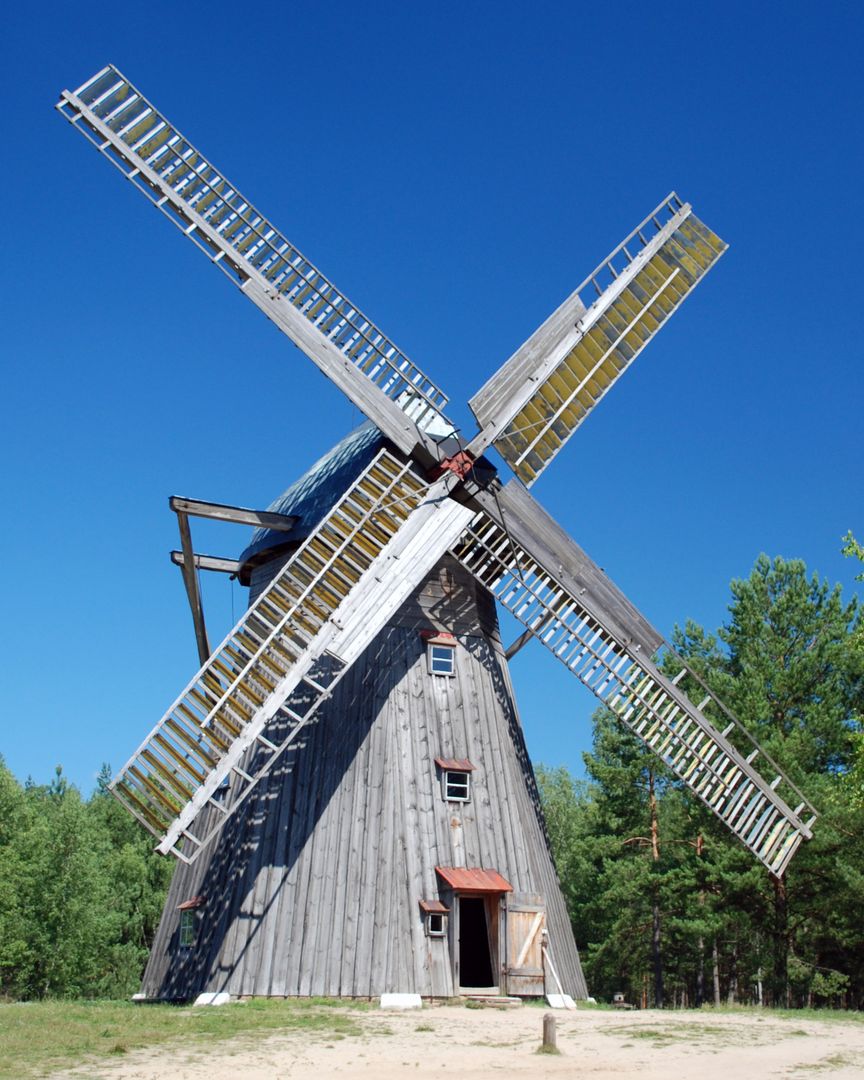Wdzydze Kiszewskie Ethnographic Park
7.1

Overview
The Teodora and Izydor Gulgowski Kaszubian Ethnographic Park in Wdzydze Kiszewskie is an open-air museum located in the Pomeranian Voivodeship, within the Kaszubian Lake District, by Lake Gołuń. The museum covers 22 hectares and consists of over 50 examples of folk architecture from the Kashubia and Kociewie regions. The park is divided into six sectors, showcasing the cultural and architectural diversity of Kashubia, including wooden structures such as 17th to 19th-century peasant homesteads and public utility buildings like a church, school, sawmill, and smithy. The interiors of the homesteads are partially or fully furnished, reflecting the character of a traditional Kashubian village. The park hosts numerous folk events, such as the Wdzydze Fair and festivals related to local traditions, attracting around 80,000 visitors annually. The museum's history dates back to 1906, when Izydor Gulgowski and his wife Teodora began collecting exhibits in an 18th-century cottage. After a fire in 1932, the cottage was rebuilt and handed over to the state treasury in 1948. The museum became an independent institution in 1969, and its grounds and exhibits were gradually expanded and modernized. In 2000, the museum adopted its current name, and tourism around the open-air museum grew thanks to various attractions such as craft demonstrations and folk music concerts. Interestingly, the buildings in the park reflect many architectural styles, with houses built using various techniques, including log and frame construction, and traditional roofs thatched with straw or shingles. The park is not only a place for education about Kashubian culture and traditions but also a living space for cultivating customs and integrating the local community.
Location
2025 Wizytor | All Rights Reserved